Mossberg 940 vs Beretta A3 Patrol
It’s a good time to be a shotgun guy and arguably a better time to get into shotguns. I went through the dark era of shotguns, the AR-15 era. Everyone and their mom wanted and had to have an AR-15, and everyone produced an AR to make it so. On the flip side, shotguns became regulated to fudd status, and if you thought a shotgun was a capable defensive weapon, you were an idiot. You should bask in the superiority of the AR-15. The dark period didn’t give us much for good defensive shotguns.
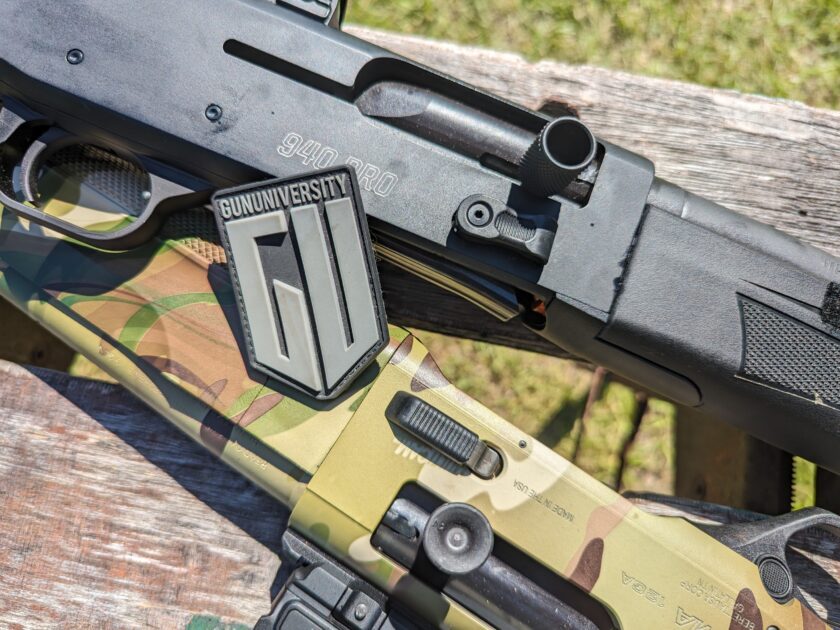
You have the Mossberg 500 and 590, the Remington 870, and the only semi-autos worth a pinch were the Benelli guns, and they cost a fortune. The slow emergence of shotguns led to more options, but prices weren’t dropping. The king of defensive shotguns is currently the 1301, but the price point makes it tough for all. The dark era is over, and the world of defensive shotguns has opened up.
One of the most exciting aspects of this new era of shotguns is the affordability. Today, you can find plenty of defensive options, including semi-autos, that cost less than a grand. Two of the top semi-auto shotguns on the market, the Mossberg 940 Pro Tactical and the Beretta A300 Ultima Patrol, are both affordable and high-quality options.
Why These Two?
The most obvious reason is the price point. Both are under a thousand dollars in total. They hover near that price point, but both offer a modern design. This includes the semi-auto action, ergonomics, sighting options, and more. The 940 Pro Tactical and A300 Ultima Patrol are both very modern semi-auto defensive shotguns. They fall side by side in their design, price point, and technology. These two are likely on your shortlist if you want a semi-auto defensive shotgun.
Features and Specification Rundown
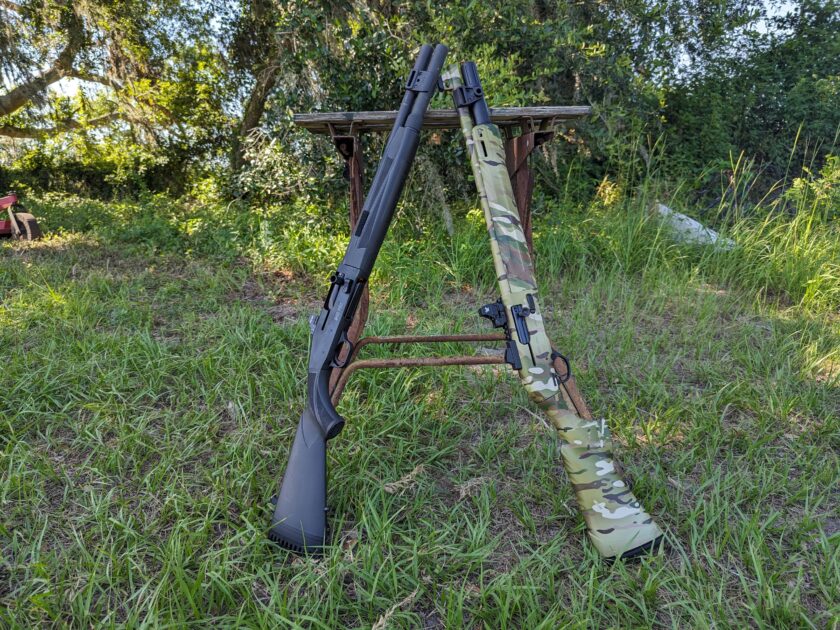
A quick glimpse at the two guns tells us a familiar story. The Mossberg 940 features an 18.5-inch barrel, and the A300 Patrol goes a little longer at 19.1 inches. I’m sure Beretta wanted to go shorter, but semi-auto gas-operated guns can be sensitive to barrel lengths. The overall length between the guns is minor at 38 inches for the Beretta and 37.5 inches for the Mossberg.
The Beretta is almost a half-pound lighter at 7.1 pounds compared to the Mossberg’s 7.5 pounds. Both guns hold seven rounds, with one in the chamber holding eight rounds. We get interchangeable chokes with each gun following their respective company’s thread patterns. At the core of each gun sits a gas-operated system that uses pistons to drive the bolt backward.
It’s easy to look at the guns and think they are the same with just a few minor changes. They certainly feel that way. However, once you start training, shooting, and chasing times, some significant differences are worth noting.

Beretta A300 Patrol
- Final Grade : A-
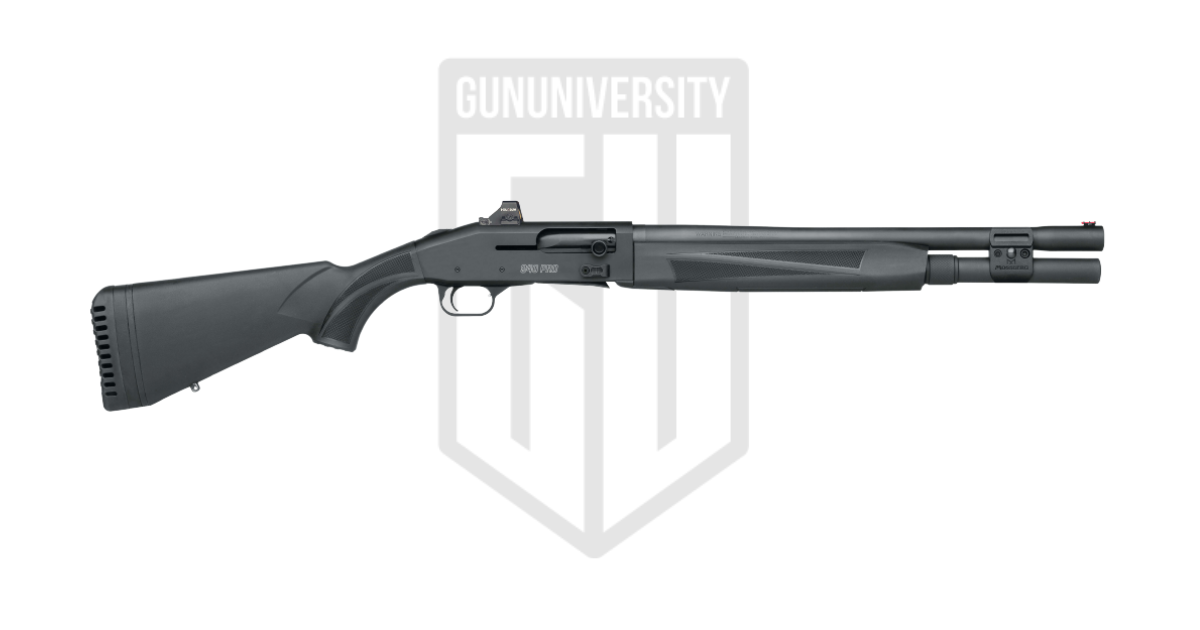
Mossberg 940 Pro Tactical
- Final Grade : A-
The History of the Mossberg 940 Pro Tactical
Mossberg 940 Pro Tactical
An optics ready semi-auto shotgun with enlarged controls and extended magazine tube with M-Lok barrel clamp.
Mossberg released the 930 series years ago, and it was one of the few reliable semi-auto shotguns that didn’t break the bank. The downside is that it tended to be maintenance-heavy, and its ergonomics weren’t modern. The 940 continues the 930 series but focuses on improving the ergonomics substantially and creating a gun that needs less cleaning to keep running.
The 940 series started as 3-gun shotguns but expanded into the world of hunting and, of course, tactical. The Mossbeerg 940 Pro Tactical kicked it up a notch and created a defensive-oriented shotgun perfect for home defense and police use. Plus, it costs less than a grand.
The History of the Beretta A300 Patrol
Beretta A300 Patrol
The Beretta A300 series is a more affordable alternative to the more expensive to import Italian sporting shotguns.
The Beretta A300 series started as Beretta’s American-made semi-auto hunting shotguns. They provided a more affordable alternative to the more expensive to import Italian sporting shotguns. The Beretta 1301 rules the tactical shotgun market, but the price point was rough at well over a grand. Beretta saw an opening and produced their own more budget-friendly shotgun.
The A300 Ultima Patrol is brand new and hot on the market. Beretta trimmed the barrel, expanded the capacity, and produced a modern semi-auto shogun that retails for less than a rand and doesn’t break the bank. The A300 offers the Beretta legacy without the typical Beretta price point.
Ergonomics
First, let’s give a hand to Beretta and Mossberg for realizing that people are different sizes and releasing guns with stocks that have length-of-pull adjustments. End users can insert and remove spacers to allow the stock to fit the end user.
The A300 Ultima Patrol measures 13 inches but has a 1-inch and half-inch adjustment insert. The Mossberg 940 Pro Tactical offers a little more adjustment with inserts that can take it from 12.5 to 14.25 inches overall.
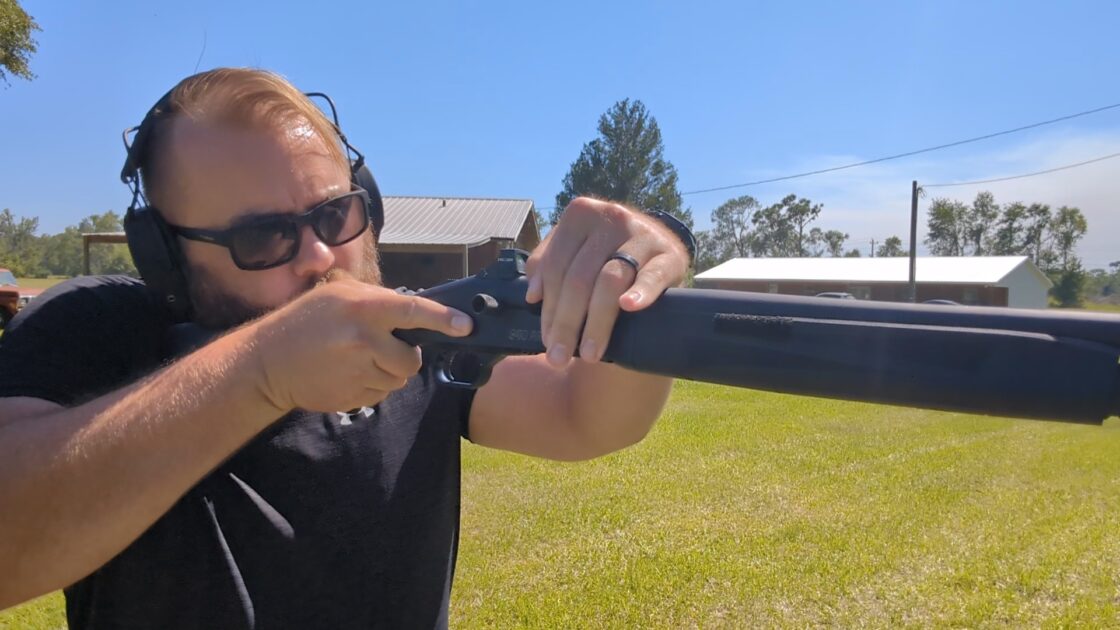
Beyond that, both guns feature enhanced ergonomics. Both guns have huge charging handles, bolt releases, big loading ports, and ejection ports. Everything is bigger, and bigger means faster, and shotguns are all about speed. There isn’t a big difference between them. I ran reloads with both guns against a timer, and the times were hundredths of a second apart at most.
One of the most notable differences comes from the safeties. I can’t say one is better than the other, but they are a lot different. The Mossberg uses the traditional Mossy tang safety design. The Beretta goes with a button safety that sits in front of the trigger. Both are easy to work. On a personal note, it can be confusing running both guns one after another.
Once we shoulder the gun, we feel a big difference between the Beretta and the Mossberg. The Mossberg is much more front heavy and you can feel it. The A300 shoulders easily and provides a much more balanced experience.
One of the features I really love about the A300 is the texture on the grip and forend. Both are fantastic and very grippy. It makes me wanna add grip tape to my Mossberg.
Accuracy and Patterns
Accuracy with a shotgun can be an interesting discussion. When it’s bad, it’s bad. When it’s fine, it’s fine. The close-range design means you don’t get a chance to start measuring groups in MOA or trying to take one buckshot load to longer ranges. Most home defense shotguns are going to be using buckshot. Buckshot can vary widely depending on the load. For testing purposes, I used my best buckshot with my cheapest buckshot.

My most expensive is Federal FliteControl. This stuff acts like a slug at close ranges. Within fifteen yards, it looks like a fifty-cent piece. Both guns resulted in the same 50-cent-sized pattern. With the cheapest Monarch 00 buckshot, the spread tends to increase dramatically. At 15 yards, each gun produced a pattern that landed between 9 and 11 inches. There didn’t seem to be a significant difference.
With slugs, we get a bit more into the accuracy potential. From a stock gun perspective, the A300 wins with slugs. It comes with adjustable ghost ring sights and a high-visibility front sight. The Mossberg 940 Pro Tactical gives you a simple, high-visibility front sight that doesn’t offer the same precision. With just iron sights, hitting targets at 100 yards with the A300 is possible, but that’s a bit tougher with the single front sight of the Mossberg 940 Pro Tactical.
Most people don’t need slugs for home defense purposes. However, as a rural shotgun enthusiast with 15 acres, I might like slugs for dealing with rural pests like coyotes, hogs, and similar animals. The ghost ring iron sight is a nice touch.
With that said, the ability to add red dots clears up some of that issue. Most guns are red dot-ready. Once we top the gun off with a red dot, the slug potential evens out, and hundred-yard shots aren’t difficult.
Speed on Target
Shotguns are all about speed. Speed, speed, speed. In close quarters, speed wins, and with shotguns, speed is a massive benefit. The spread of shot and number of pellets utilized helps erase small variances in aim and helps ensure you hit a vital portion of the threat even if you flinch a bit or your aim is compromised a hair. That’s what makes the shotgun such a dominant close-quarter weapon.
So which is faster? With iron sights, the simplistic front sight of the Mossberg 940 Pro Tactical does lend itself to speed. I don’t have to align a front and rear sight, so I lose precision, but the bead is a little faster than ghost ring sights at buckshot distances. Getting up and behind a peep sight and finding the front sight takes a fraction of a second more than finding the bead.
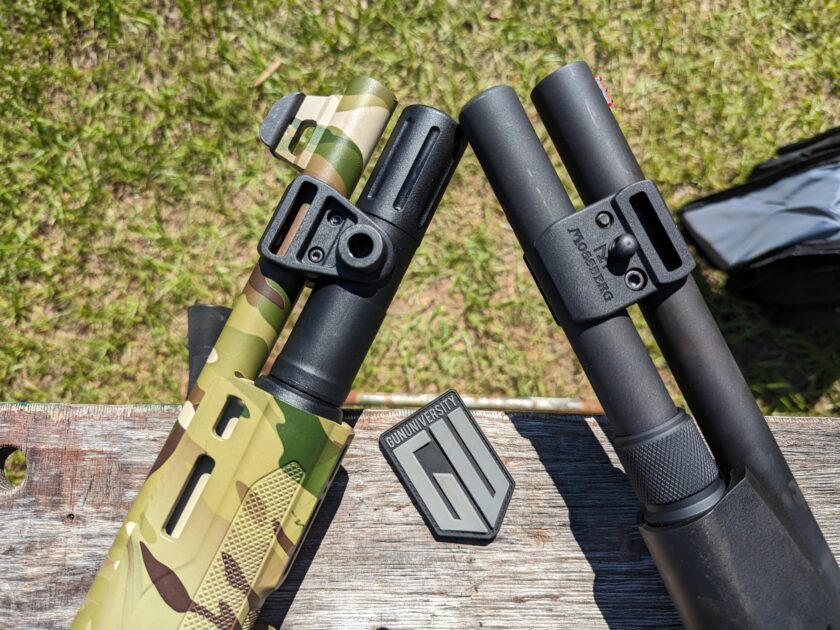
I practiced a simple ready-up drill. At a range of 15 yards, I started with the weapon at the low ready. At the beep, I engaged an IPSC A zone as fast as I could. The high-visibility bead sight was slightly faster than ghost ring sights. The time difference comes down to fractions of a second, often .15 to .10 of a second. It was consistent.
We live in 2024, and since both guns can fit red dots, I ran it with red dots. The A300 has an optics rail that makes it easy to toss on most red dot optics. The Mossberg 940 Pro features a slot cut into the receiver to mount optics with the Shield RMSc footprint directly to the gun, lowering the optic.
The lower sitting optic was faster. It’s easier to find with a proper cheek weld. I remained consistently faster with the Mossberg 940 and its lower optic. With the A300, I often raised the gun and looked too low to use the red dot. It sits higher on the gun than a natural cheek rest allows. You can train and adjust your cheek weld, but the Mossberg 940 Pro feels more natural and quicker.
With the Reptilia Saddle mount and the correct optic, you can mount your optic lower, eliminating the problem of the optic being too high.
Recoil and Control
Two forces occur with most guns when you pull the trigger. The first is rearward recoil. Rearward recoil is what hits your shoulder and is what most people fear when it comes to shotguns. The second force is upward movement, aka muzzle rise. Most people don’t worry about muzzle rise with shotguns.
I’m going to flip the script. Recoil coming into your shoulder isn’t the movement you should worry about. That can be mitigated very easily with proper recoil mitigation. Shotguns only have intense recoil if you aren’t using them correctly. Muzzle rise can be tougher to control and is the more important factor to consider.
Why? Well, muzzle rise prevents me from getting multiple accurate shots on target as fast as possible.
Regarding rearward recoil, the A300 and Mossberg 940 Pro Tactical don’t feel very different. I ran birdshot, reduced recoil buckshot, full-powered buckshot, and full-powered slugs. I never felt a difference between the two guns in all my shooting because I learned how to use a push-pull recoil mitigation technique.
There was a difference in muzzle rise. Mossberg’s barrel is quite beefy, especially at the end portion. That’s why the gun’s heavier and front-heavy. The Mossberg 940 Pro Tactical has less muzzle rise and is easier to keep on target between shots. The lighter A300 does tend to have more muzzle rise. I can feel the grippy texture trying to fight out of my hand.
I ran a simple double-tap drill with buckshot. My target is the A-zone of an IPSC target. That’s roughly a 6.5 x 11-inch rectangle. That’s a big target that feels small when trying to control a shotgun’s muzzle rise. Both loads had to hit the A-zone at 10 yards to succeed. With the Mossberg 940 Pro I could do that in less than a second, but with the A300, I was seeing 1.05 to 1.10.
Reliability
Both guns ran well, but the A300 Patrol squeezed through without a single malfunction. The Mossberg had two malfunctions of note. The first occurred with a round of Estate birdshot. It did not fully leave the tube to be loaded into the gun chamber. I had to rack the gun twice to free it and fire it.
The second came from a cease-fire situation. When I attempted to extract the round manually with the charging handle, it seemed to be stuck. I pulled hard, but the round’s rim broke. Eventually, a small pocket knife blade pried it out enough to grip and remove. The round seemed to be fine upon visual inspection but was very difficult to remove from the chamber.
The A300 takes the cake by a very narrow margin.
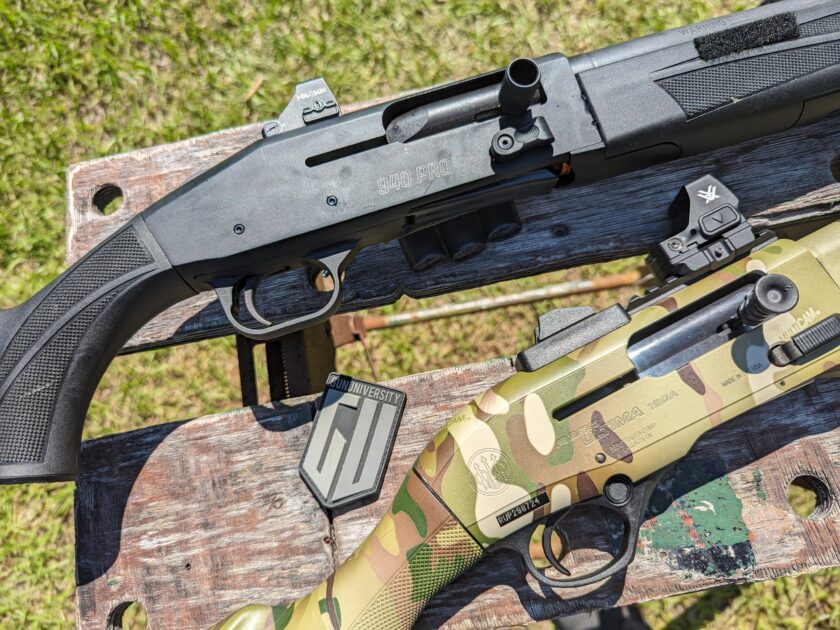
Which Is Better?
Saying one of these guns is better than the other is silly. Both are fairly equal, with small differences. My goal wasn’t to give you a which is a better argument but to provide you with an in-depth test to give you the pros and cons of each gun. This will help you make the right choice for you and your needs. I am curious which would you pick? Not only do I want to know which gun, I want to know why. Let us know below.
Recent Posts
November 25, 2025
November 22, 2025
November 21, 2025
November 20, 2025

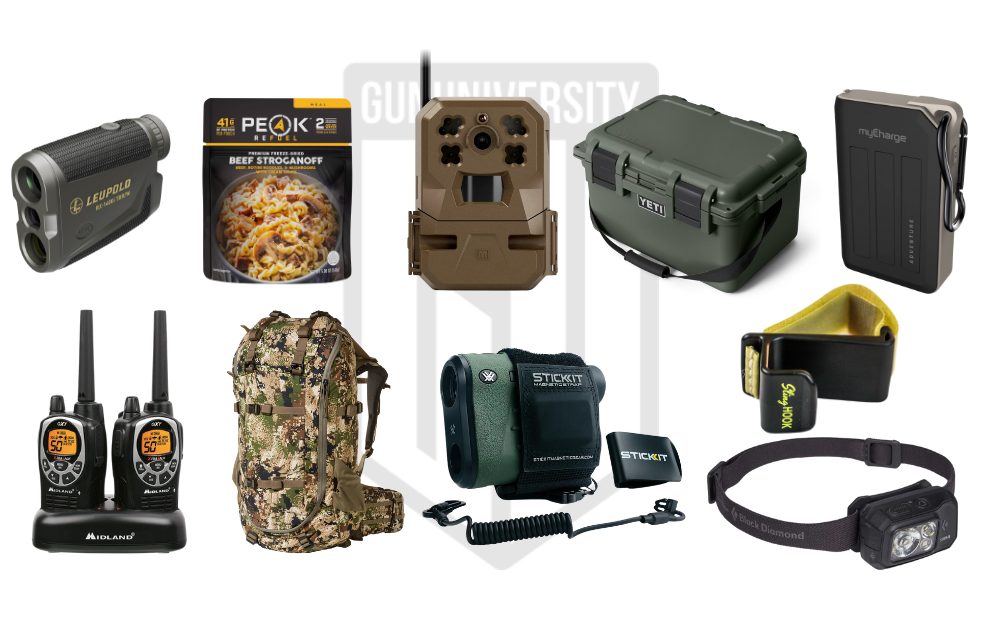
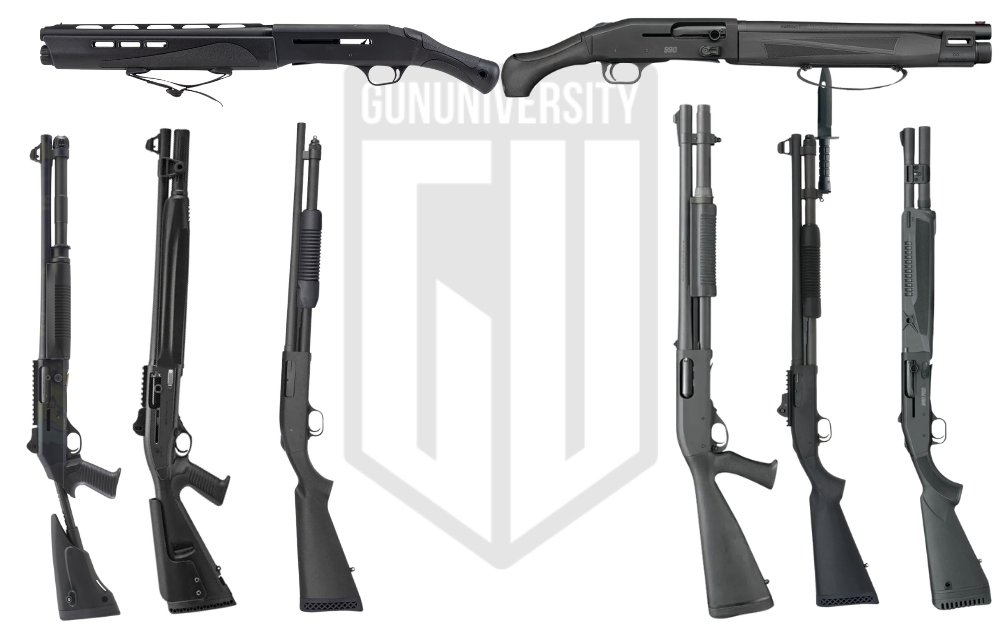
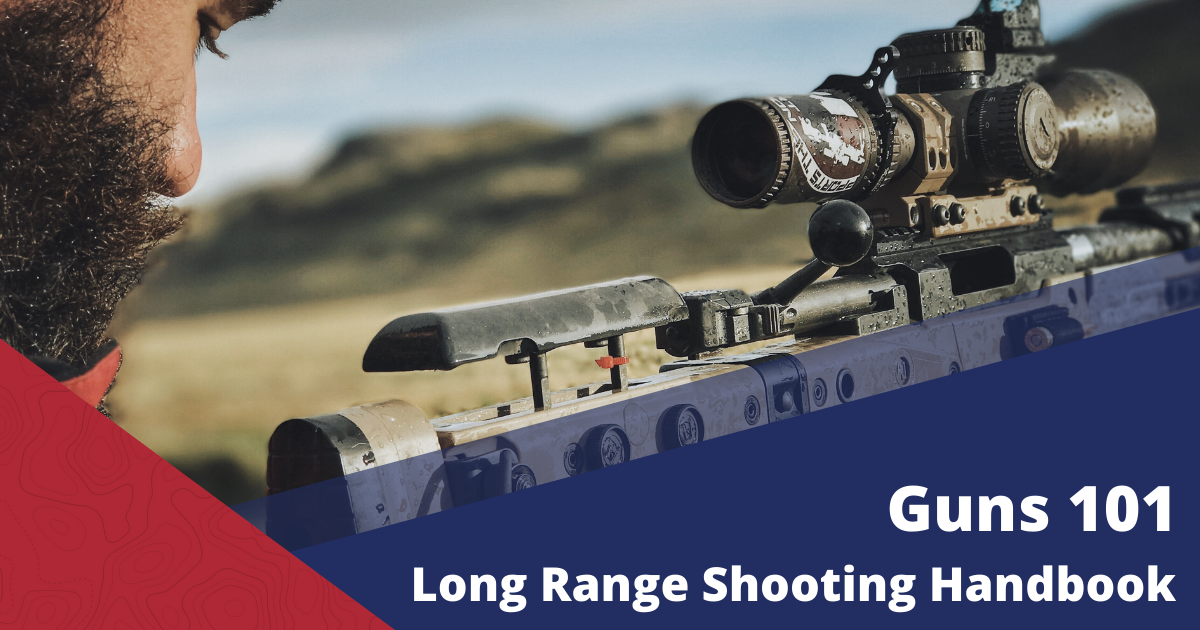
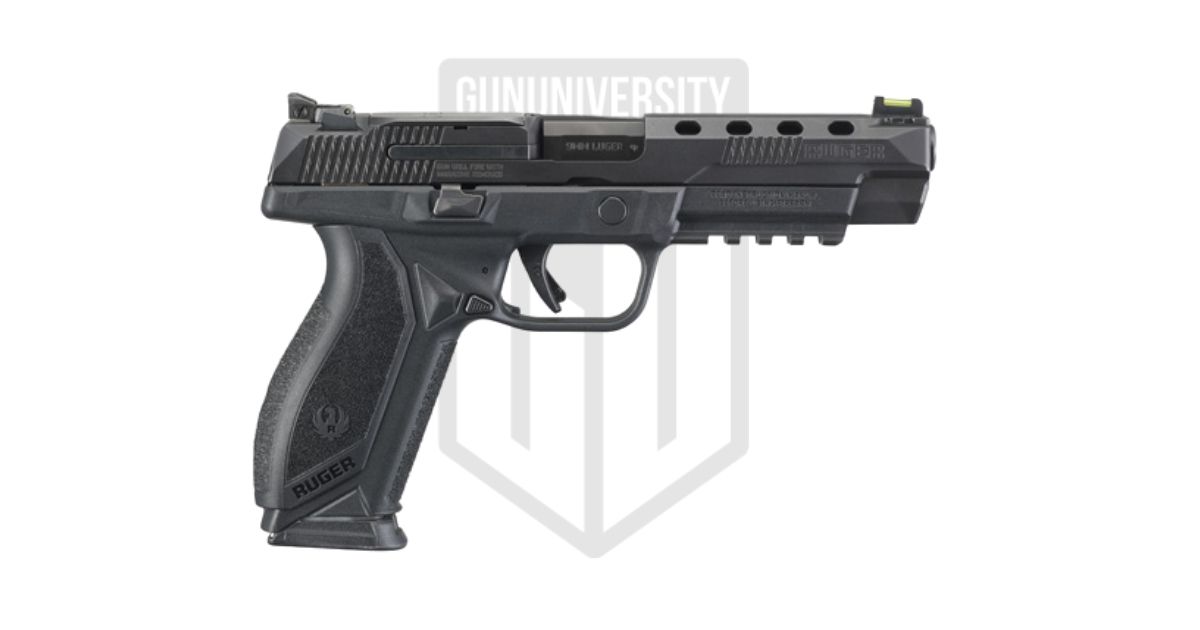
Most definitely the a300. Beretta had always had a solid reputation regarding their semi auto shot guns. I have had problems with mossberg semi automatic shotguns over the years. For home defense one cannot afford malfunctions. Especially with proper training, maintenance and ammunition. Currently I don’t trust semi automatic shotguns but I will give Beretta a try.